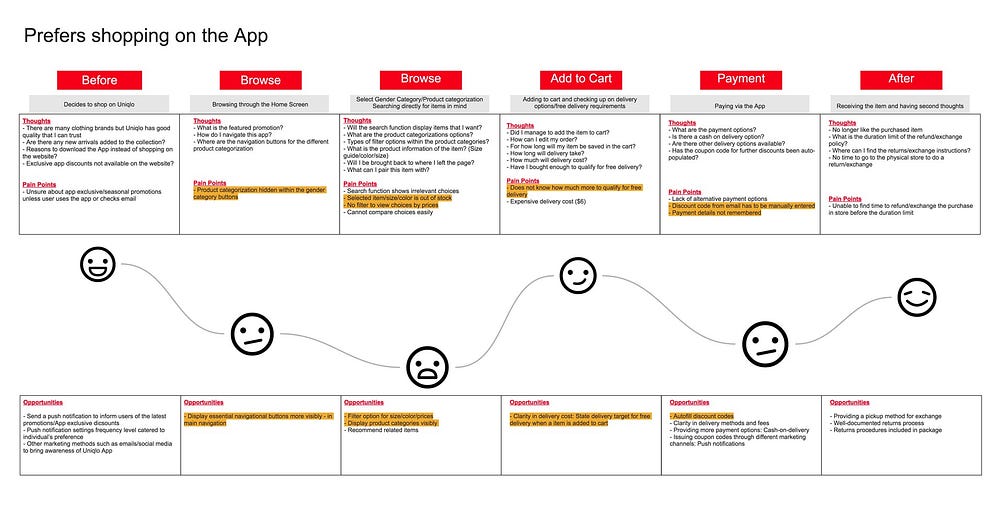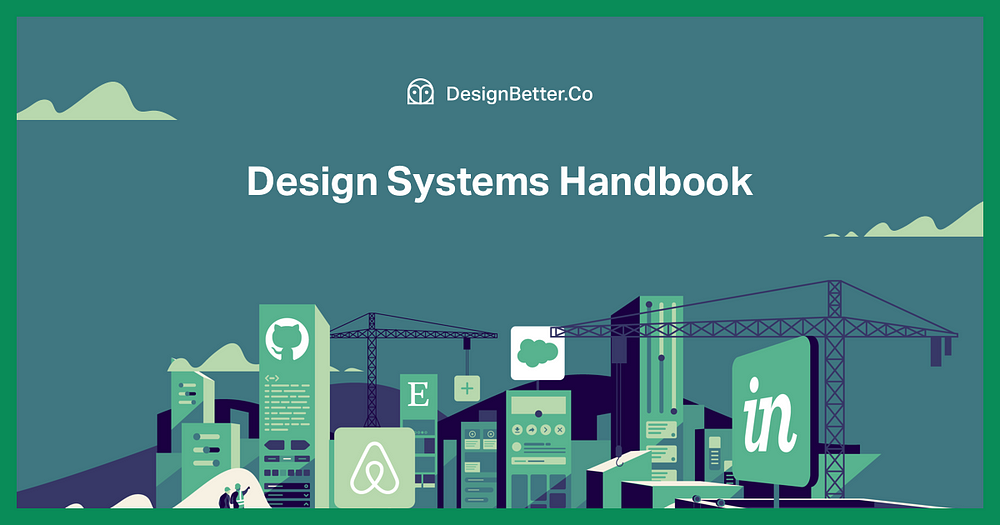
Freelance Dilemma
While scrolling through freelance web portals for design opportunities, I will often see requests for logo design services. I’ve tried bidding for a few, but never got a response.
I can easily design a ‘simple’ logo in 10 minutes. Do I charge my client $10, $100, or $1000? Should I provide a price quote for three unique logo designs and a final vector logo deliverable? Or should I come out with comprehensive identity guidelines on how the logo can be applied? Do I go a step further by proposing a plan on how to go about building a unique brand experience for the company? My gut feeling tells me it is the first option.
Are companies relying too much on a logo to get customers to identify with a brand?
Branding Beyond a Mark
While they(logos) can make people aware of your brand and help with discovery and recognition, they can’t tell your customers who you are, or what you care about unless you build meaning into them.
— Jon Hollamby
Since transitioning from a graphic designer to a UX designer, I looked at branding from a different perspective. Branding goes beyond a mark. It covers from packaging to marketing collaterals, from print to digital, from communication to services. It needs to be looked at holistically to provide a consistent brand experience.
In the article, ‘No one cares about your logo’ (Fast Company, Jul 26 2018), writer Jon Hollamby talks about how companies over-emphasized on the importance of a logo mark. He writes, ‘while they(logos) can make people aware of your brand and help with discovery and recognition, they can’t tell your customers who you are, or what you care about unless you build meaning into them.’
What emotion does your brand evoke?
How will people describe your brand? What do they like/dislike about the brand? Why?
How about the competitors? What do they like/dislike about your competitors? What suggestions do they have for improvements?
Get a pencil and sketch out Apple’s logo. Do you remember if there is a bite on the left, the right, or none?
Can you recall the sequence of the colours on Microsoft’s logo? How much of the logo do you remember?

According to a research by Signs.com, ‘only 20 percent of people were able to draw the Apple logo almost perfectly’ when asked to draw the logo based on memory.
The simple exercises above show how people remember a brand, not by the mark itself, but the emotions and experience associated with the brand. They perceive a brand through a good or a bad experience they have encountered.
Define what your brand is about
Can you articulate what is your brand’s unique proposition? How do you want your brand to be best known for?
Clearly define the great points the brand embodies and write it in a brand statement. The statement should describe who your are, what you stand for, and what you offer.
Only after putting the brand’s values in words, will design strategy be more in line with the brand.
Developing a visual language
Designing a logo is incomplete without matching it with suitable illustrations, imagery, and photography.
How does the logo look when placed on a stationery set; does it look good when it overlays on a photo for a campaign?
A strong visual language will allow others to recall a brand easily without a logo on it.
Most companies have a defined visual language in their corporate identity guidelines together with other technical details about the logo. These include the use of patterns, graphic, images, mostly for print mediums. Big companies have the means to invest in a comprehensive guideline to unify brand messages. It helps to maintain brand assets since it may be accessed by hundreds or thousands of employees. Small and medium-sized enterprises can build up their brand assets over time as they scale.
However, identity guidelines should not dictate how the logo should be used. It should not limit how other designers can work with it on potential future marketing campaigns.
From visual language to design system
Design system unites product teams around a common visual language. It reduces design debt, speeds up the design process, and builds bridges between teams working in concert to bring products to life.
— Design Systems Handbook, DesignBetter.co
As companies begin its digital transformation, these visual language needs to translate into a design system to unify digital products. Besides maintaining a consistent look in apps and websites, having a system helps to quicken product design and development by allowing designers and developers to iterate with pre-defined design patterns.
In the Design Systems Handbook (DesignBetter.co by InVision), it describes how ‘design system unites product teams around a common visual language. It reduces design debt, speeds up the design process, and builds bridges between teams working in concert to bring products to life.’
Design system accessibility

Companies, especially those in the tech industries are no longer keeping their brand assets within their companies. Instead, they are publishing and making their identity guidelines accessible online.
For example, Google develops its Material Guidelines to unify digital experiences throughout different devices and different apps or websites. While ensuring a consistent look in its products and products by the community, it establishes design thought leadership by showing how its products are guided by good design principles.
Other great design systems listed on InVision’s ‘Your guide to design systems from the world’s leading brands’.
Beyond print and digital, look at physical and digital service experience
Can you recall how is your experience like getting a coffee from Starbucks or shopping for clothes at Uniqlo?
In the UX case study, Uniqlo Self-Checkout Mobile App that I documented previously, my team and I observed that the experience shopping at the physical Uniqlo store differs significantly from that while shopping on their mobile app. This prompted us to bridge a gap between both experiences in the redesign of the Uniqlo App.
‘What your customers experience every time they interact with your company is the brand, not the visual identity.’ — Jon Hollamby, No one cares about your logo, Fast Company.
Identify customer/user persona
Begin by identifying the key personas and think of how they interact with the brand. Craft relatable personas to allow others to empathise with their needs, wants, and desires.
Creating a customer/user journey map

Visualise customer/user touch points with the aid of a customer/user journey map. Plot out the as-is ‘before’, ‘during’, and ‘after’ journey. Identify the pluses and minuses during the journey to capture opportunities for improvements. Finally, plot out the to-be journey that optimises customer/user experiences.

Unify marketing
A brand strategy is incomplete without aligning the marketing plan across physical and digital platforms.
Innovation and marketing drive sales.
To quote a friend who I met over coffee recently, ‘Innovation and marketing drive sales.’ After creating a new product (digital or service), the next step is to market the brand.
The brand experience needs to be communicated to potential customers and users through platforms used by the customer/user. This may be social media, emails, websites, apps, or traditional news advertisements, and marketing collateral.
To round it off, marketing needs to work in tandem with the visual language, design system, user journeys etc, in a cohesive marketing copy to bring about effective sales.
As a closing reminder, don’t create a logo, build a unique brand experience.
If you like this article, do ? ? ? ? ? ? ? for it.
SOURCE: https://medium.com/swlh/dont-create-a-logo-build-a-unique-brand-experience-330c07846154
Written by
Leow Hou Teng
Singapore-based UX/UI designer, art director, digital strategist. Portfolio => http://design.leowhouteng.com LinkedIn => https://www.linkedin.com/in/leowhouteng
The Startup
Medium’s largest publication for makers. Subscribe to receive our top stories here → https://goo.gl/zHcLJi
